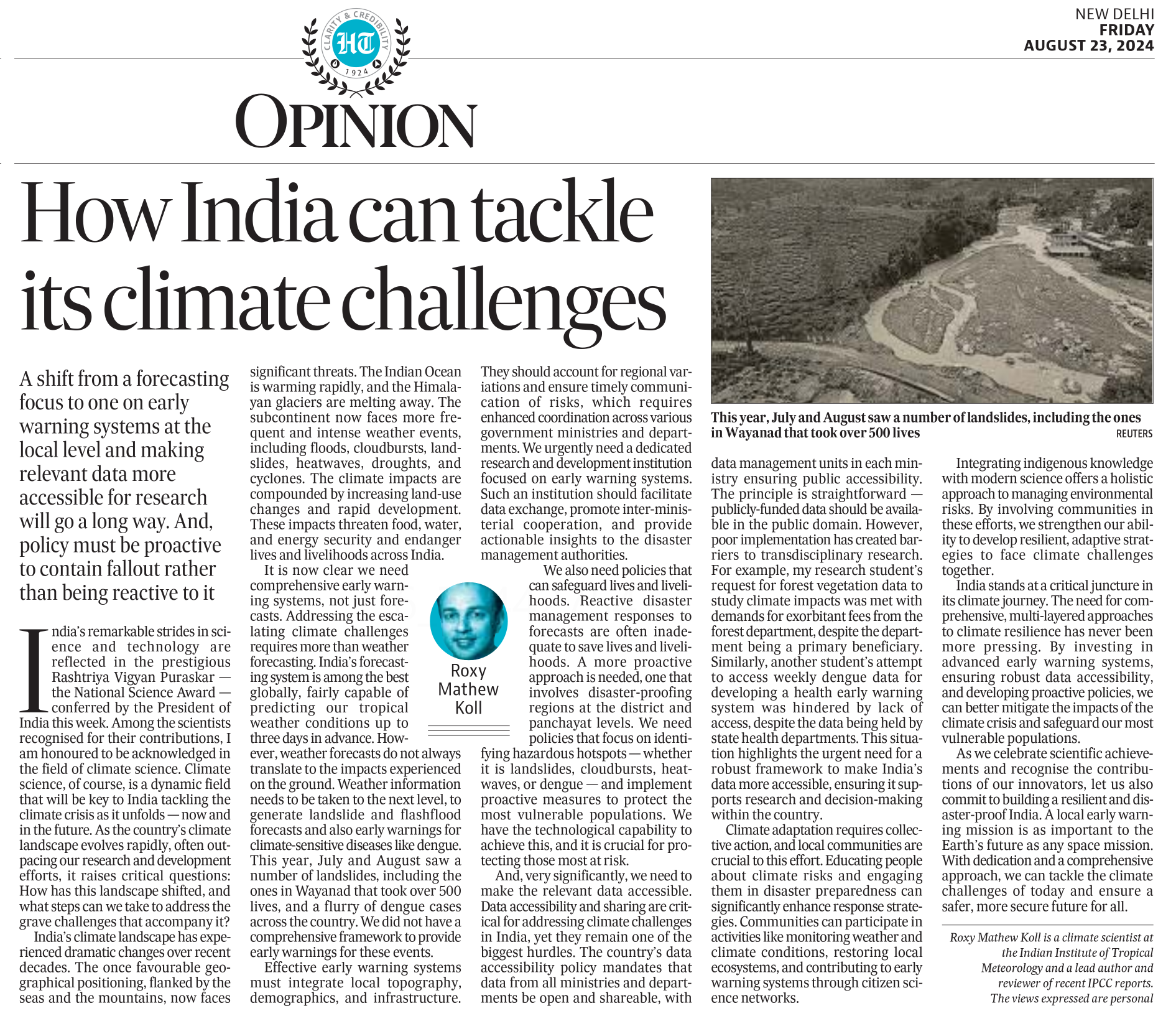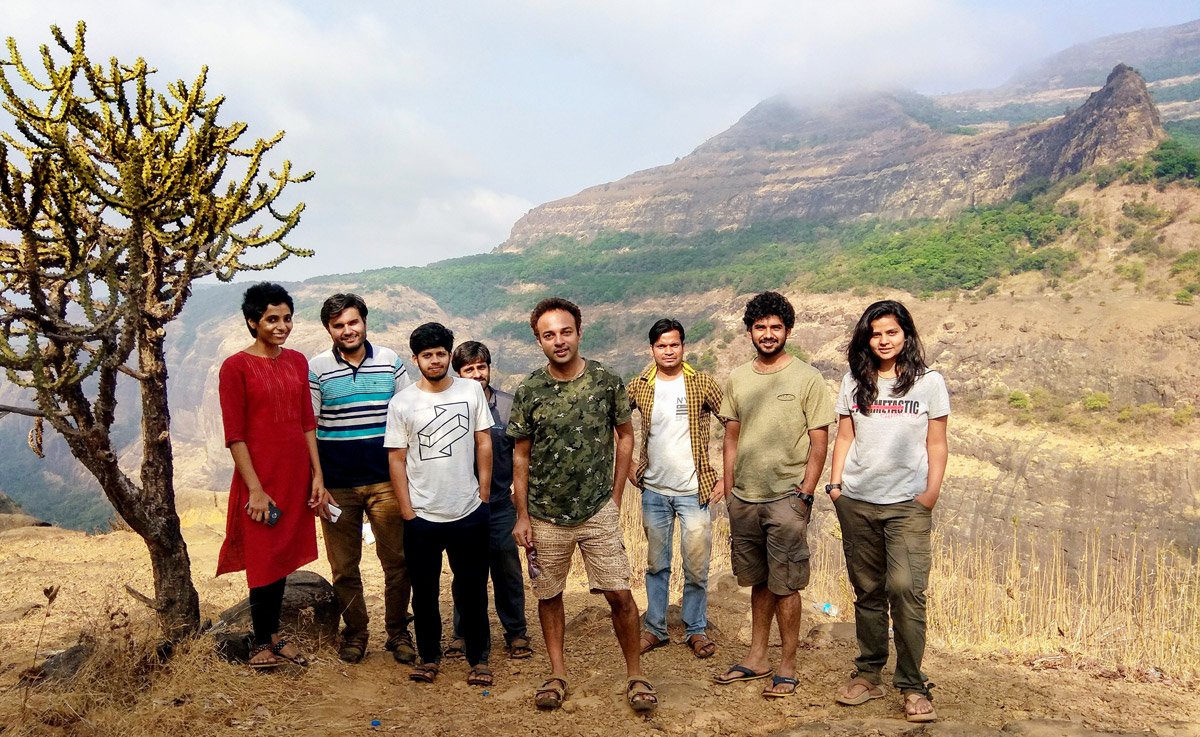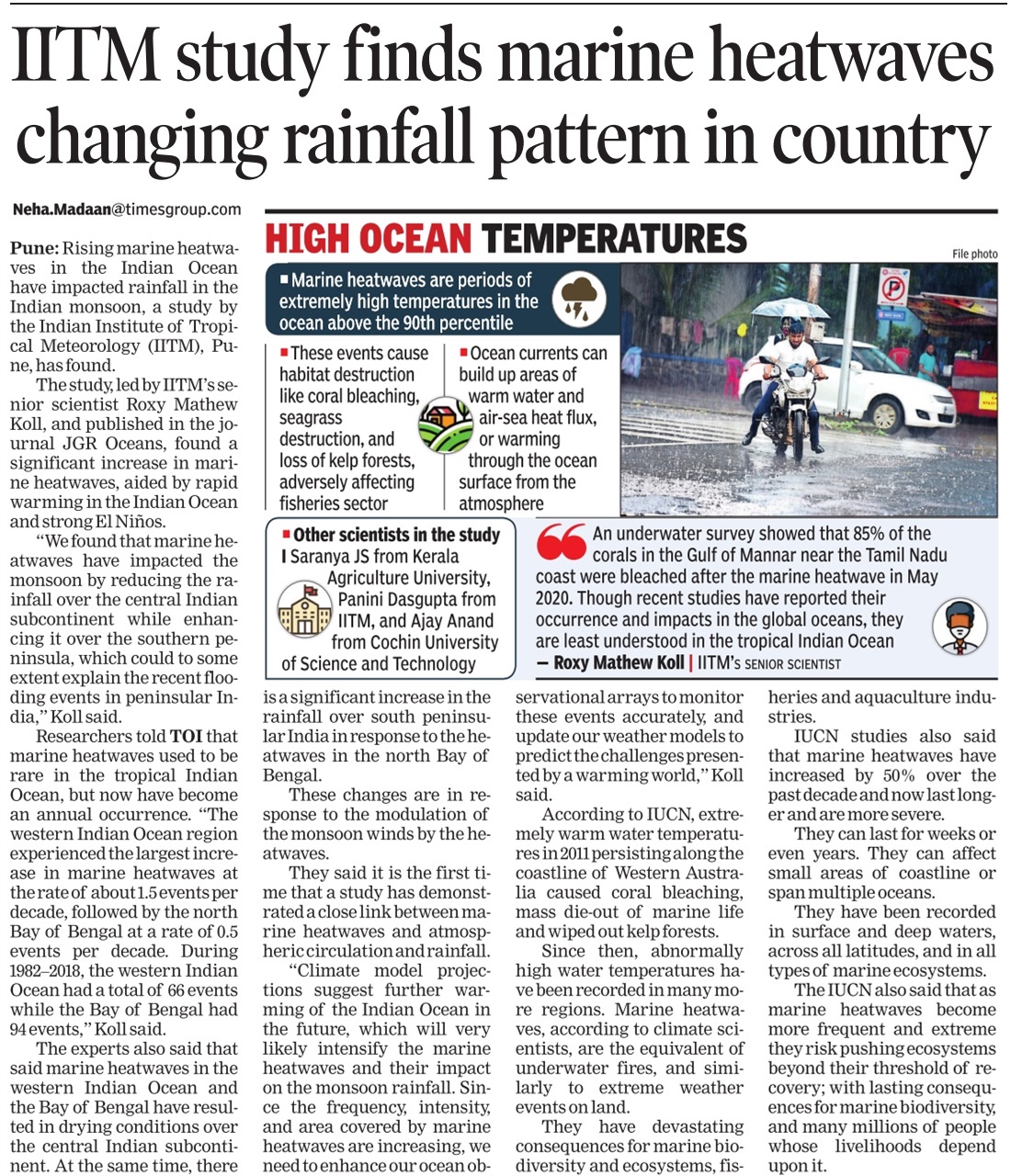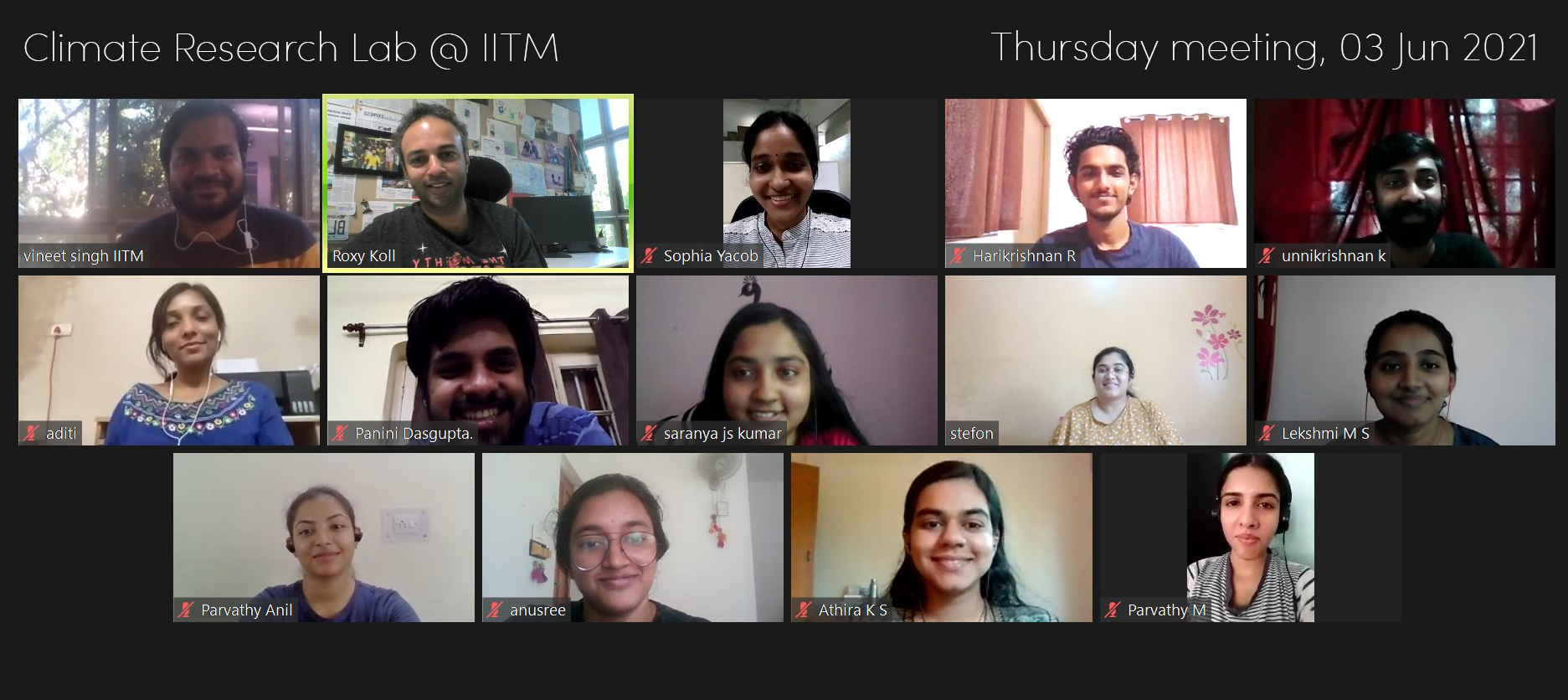How India can tackle its climate challenges
India’s remarkable strides in science and technology are reflected in the prestigious Rashtriya Vigyan Puraskar—the National Science Award—conferred by the President of India this week. Among the scientists recognized for their contributions, I am honored to be acknowledged in the field of climate science. As India’s climate landscape evolves rapidly, often outpacing our research and development efforts, it raises critical questions—how has this landscape shifted, and what steps can we take to address the grave challenges that accompany it?
India’s Changing Climate Landscape
India’s climate landscape has experienced dramatic changes over recent decades. The once favorable geographical positioning, flanked by the seas and the mountains, now faces significant threats. The Indian Ocean is warming rapidly, and the Himalayan glaciers are melting away. The subcontinent now faces more frequent and intense weather events, including floods, cloudbursts, landslides, heatwaves, droughts, and cyclones. The climate impacts are compounded by increasing land-use changes and rapid development. These impacts threaten food, water, and energy security and endanger lives and livelihoods across the country.
We Need Comprehensive Early Warning Systems, Not Just Forecasts
Addressing the escalating climate challenges requires more than weather forecasting. India’s forecasting system is among the best globally, fairly capable of predicting our tropical weather conditions up to three days in advance. However, weather forecasts do not always translate to the impacts experienced on the ground. Weather information needs to be taken to the next step, to generate landslide and flashflood forecasts and also early warnings for climate-sensitive diseases like Dengue. This year, July and August saw a number of landslides, including the Wayanad landslides that took over 500 lives, and a flurry of Dengue incidents across the country. We did not have a comprehensive framework to provide early warnings for these events.
Effective early warning systems must integrate local topography, demographics, and infrastructure. They should account for regional variations and ensure timely communication of risks, which requires enhanced coordination across various government ministries and departments. We urgently need a dedicated research and development institution focused on early warning systems. Such an institution should facilitate data exchange, promote inter-ministerial cooperation, and provide actionable insights to the national and state disaster management authorities.
We Need Policies That Can Safeguard Lives and Livelihoods
Reactive disaster management responses to forecasts are often inadequate to save lives and livelihoods. A more proactive approach is needed, one that involves disaster-proofing regions at the district and panchayat levels. We need policies that focus on identifying hazardous hotspots—whether it is landslides, cloudbursts, heatwaves, or Dengue—and implement proactive measures to protect the most vulnerable populations. We have the technological capability to achieve this, and it is crucial for protecting those most at risk.
We Need to Make the Data Accessible
Data accessibility and sharing are critical for addressing climate challenges in India, yet they remain one of the biggest hurdles. The country’s data accessibility policy mandates that data from all ministries and departments be open and shareable, with data management units in each ministry ensuring public accessibility. The principle is straightforward—publicly funded data should be available in the public domain.
However, poor implementation has created barriers to transdisciplinary research. For example, my research student’s request for forest vegetation data to study climate impacts was met with exorbitant fees from the forest department, despite the department being a primary beneficiary. Similarly, another student’s attempt to access weekly Dengue data for developing a health early warning system was hindered by lack of access, despite the data being held by state health departments. This situation highlights the urgent need for a robust framework to make India’s data more accessible, ensuring it supports research and decision-making within the country.
Collective Action is Required
Climate adaptation requires collective action, and local communities are crucial to this effort. Educating people about climate risks and engaging them in disaster preparedness can significantly enhance response strategies. Communities can participate in activities like monitoring climate conditions, restoring local ecosystems, and contributing to early warning systems through citizen science networks. Integrating indigenous knowledge with modern science offers a holistic approach to managing environmental risks. By involving communities in these efforts, we strengthen our ability to develop resilient, adaptive strategies to face climate challenges together.
Disaster-Proofing India
India stands at a critical juncture in its climate journey. The need for comprehensive, multi-layered approaches to climate resilience has never been more pressing. By investing in advanced early warning systems, ensuring robust data accessibility, and developing proactive policies, we can better mitigate the impacts of climate change and safeguard our most vulnerable populations.
As we celebrate scientific achievements and recognize the contributions of our innovators, let us also commit to building a resilient and disaster-proof India. A local early warning mission is as important to our Earth’s future as any space mission. With dedication and a comprehensive approach, we can tackle the climate challenges of today and ensure a safer, more secure future for all.
Originally published in Hindustan Times [PDF]
Suggested Citation:
Roxy M. K., “How India can tackle its climate challenges”, Hindustan Times, 23 August 2024, p12.





